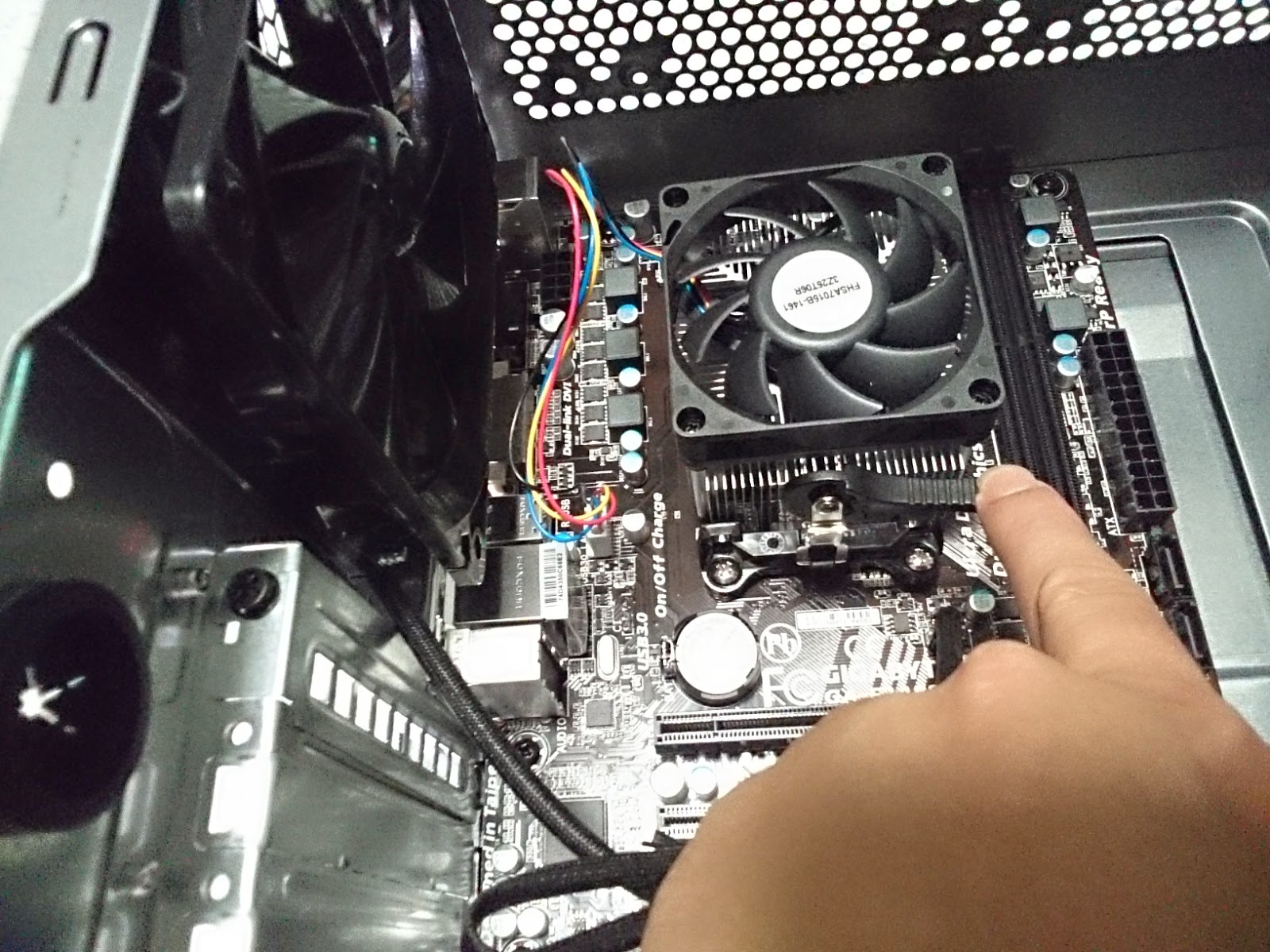This post is about Retail Software that are discounted. Some of these software are 100% discounted meaning the are totally FREE.
There is another post about software which are always free, including freeware at:
http://xtechnotes.blogspot.com.au/2011/07/links-to-free-software.html
This post here, will not include freeware which is on the link above.
There are also other websites where you can get coupons such as:
BitsDuJour - http://www.bitsdujour.com/
RetailMeNot - http://www.retailmenot.com/
Again, this post here is not about that.
So what is this page about?
The software here are Retail software - meaning they are being sold. But for various reasons, there are opportunities to get them at no cost. So here they are:
Free WinX HD Video Converter Deluxe – 100% Discount
$49.95 Free!
Free WinX DVD Copy Pro – 100% Discount
https://www.howbigdeal.com/h/winx-dvd-copy-pro-freebie/
There is another post about software which are always free, including freeware at:
http://xtechnotes.blogspot.com.au/2011/07/links-to-free-software.html
This post here, will not include freeware which is on the link above.
There are also other websites where you can get coupons such as:
BitsDuJour - http://www.bitsdujour.com/
RetailMeNot - http://www.retailmenot.com/
Again, this post here is not about that.
So what is this page about?
The software here are Retail software - meaning they are being sold. But for various reasons, there are opportunities to get them at no cost. So here they are:
Free WinX HD Video Converter Deluxe – 100% Discount
$49.95 Free!
Free WinX DVD Copy Pro – 100% Discount
https://www.howbigdeal.com/h/winx-dvd-copy-pro-freebie/

















